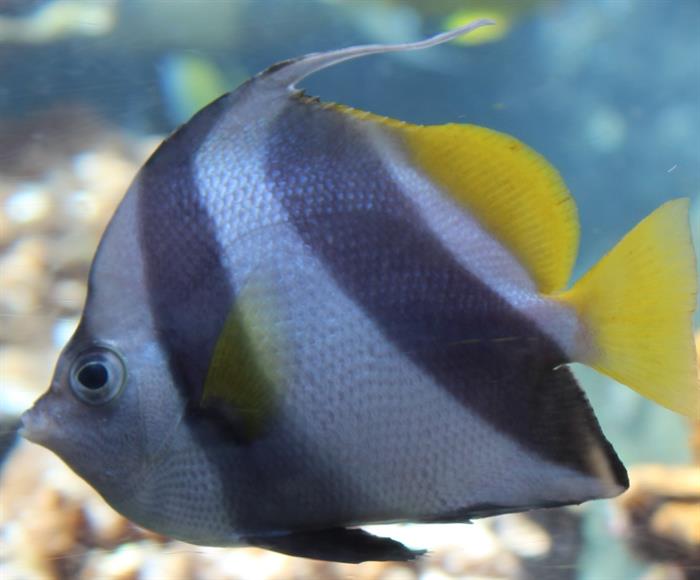
Learn Aquarium Management
The three main categories of aquariums are:
• Fresh water
• Brackish water (mixture of fresh and sea water)
• Marine or seawater
These can be further divided into:
• Cold water aquariums and
• Tropical or warm water aquariums (i.e. reef aquariums)
Within the above categories, aquariums for fish can be divided by types:
• Peaceful community aquariums
• Aggressive or semi aggressive fish species
• Single species or 'specimen' tanks